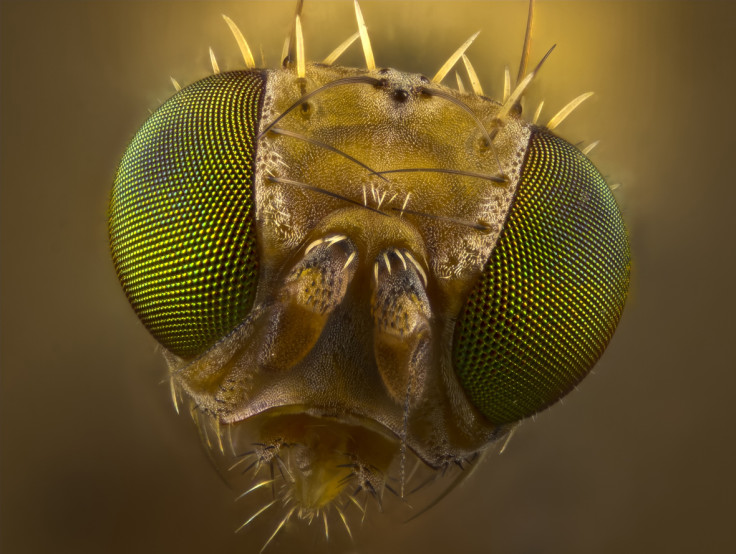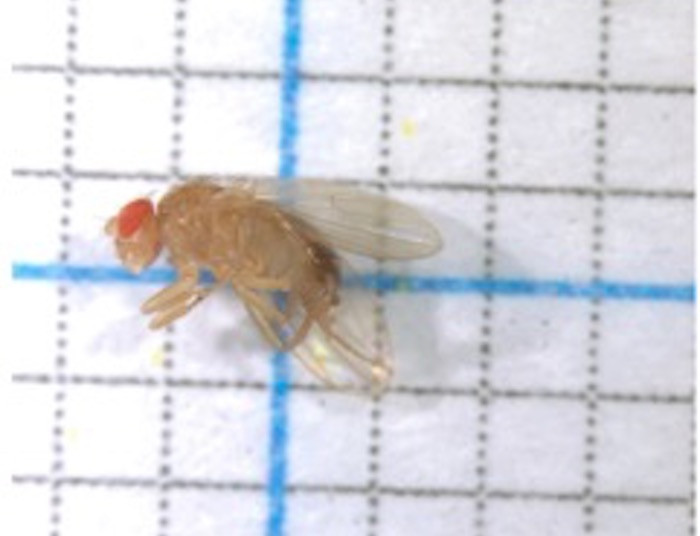4-million-year-old genes resurrected and put in modern insect to test evolutionary theory
Scientists got a surprise when they put ancient genes into fruit flies to test an old theory.

Modern fruit flies have been genetically engineered with genes reconstructed from their ancient ancestors to test a theory of how they evolved to live in fermenting fruit.
This is the first time that a gene reconstructed from an ancient ancestor has been genetically engineered into a living descendent, to see how it changes the animal. The research is published in a paper in the journal Nature Ecology and Evolution.
Experimenting with evolution
Evolution is a hard thing to test. It happens over millions of years and hundreds of generations. DNA is delicate and fragile and breaks down very easily, so there's extremely little ancient DNA that has survived until today.
But researchers have now found a way around that problem. Scientists at the University of Chicago in the US have combined technology for reconstructing an ancient ancestor's gene for the enzyme that breaks down alcohol – alcohol dehydrogenase (Adh) – using data from modern-day descendants.
Once they had the sequence for a 4-million-year-old fruit fly ancestor, they put it into a present-day fruit fly using the gene-editing technology CRISPR-CAS9 to see what happened. The fruit flies with the ancestral Adh gene weren't any worse at metabolising alcohol than modern fruit flies.
This disproved decades-old theory of how fruit flies evolved.
Previous genetic studies showed that the molecular hallmarks of natural selection were strong in the gene for Adh – the number of mutations that would drive a change in the protein were high compared with the number of background "silent" mutations.
This is taken as a signature that the gene is under a lot of selection pressure in fruit flies, which would make sense if it was responsible for their adaptation to metabolise the alcohol in rotting fruit.
"It's a signature that's easily forged," study author Joe Thornton told IBTimes UK.
"That's why it's so important to do experimental tests of a hypothesis of an adaptation. That's why we think this approach is an advance – it lets us experimentally test a historical hypothesis about the mechanics of an adaptation."

But it wasn't just a genetic theory that was overturned – ecologists, biochemists and physiologists had all been convinced for decades that Adh was the key to fruit flies' ability to tolerate the high-alcohol environment of rotting fruit.
Back to square one
Read more:
Retroviruses like HIV could be half a billion years old
Mice turned into zombie killing machines with special laser beam
Mystery of 20 million years of missing fossils solved with five new species
If not Adh, then what? Now Thornton and his colleagues face the challenge of finding out exactly what makes fruit flies able to break down alcohol in order to thrive in their unique ecological niche.
The ability to do these kinds of experiments has been theoretically possible 15 years ago, but it's only with recent technological advances that they are becoming a reality.
"It keeps getting easier and easier," Thornton said. "The real advantage is putting those two techniques together. No one had thought to combine ancestral reconstruction with this kind of genetic engineering."
A single gene in a fruit fly is the first step, but it looks like more elaborate ancient gene complexes in other animals will be next.
"It certainly could be and I hope it will be. There are new technologies that make genetic engineering of other species much easier than it used to be," Thornton said.
"We should be able to use ancestral reconstruction and genetic engineering in the lab to ask questions about the mechanics of adaptation in other species."
© Copyright IBTimes 2025. All rights reserved.






















